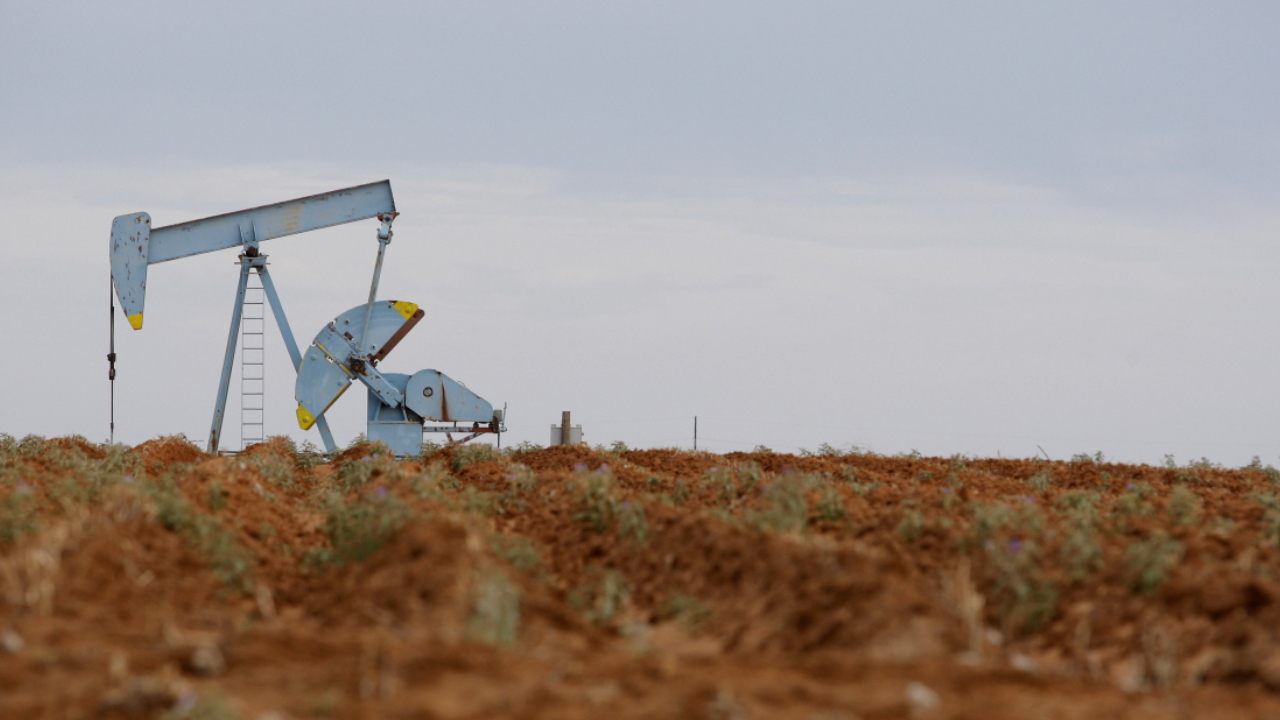
By: Payel
Published on: Jun 05, 2025
On Thursday, June 5, 2025, oil prices defied market expectations and moved higher, even as concerns loomed large over global oversupply and sluggish economic indicators. This unexpected rally in oil prices reflects a complex interplay of investor sentiment, production adjustments, and broader macroeconomic developments — including central bank decisions, inflation trends, and geopolitical tensions.
This blog unpacks the latest commodity and currency market updates, focusing on Brent crude oil, West Texas Intermediate (WTI), gold, and forex movements involving the British pound, the euro, and the U.S. dollar. It also explores how central bank decisions and trade developments are shaping global investor behavior.
Brent crude futures (BZ=F) rose 0.5% to $65.15 per barrel, despite a backdrop of oversupply warnings and economic anxiety. Meanwhile, West Texas Intermediate (CL=F) dipped slightly by 0.3%, settling at $63.04 per barrel.
According to Matt Britzman, senior equity analyst at Hargreaves Lansdown, oil has been under pressure due to rising supply concerns. "Saudi Arabia’s recent push to boost oil production and a price cut for Asian buyers signal a potential weakness in global demand," he explained.
This July pricing decision follows the Organization of the Petroleum Exporting Countries and allies (OPEC+) confirming a collective decision to ramp up output in the coming month. These supply increases come at a time when global economic forecasts are softening, which could suppress fuel demand.
The move by OPEC+ — and particularly Saudi Arabia — to increase output adds a layer of uncertainty for traders. By slashing prices for Asian markets, Saudi Arabia is not just competing for market share but also reflecting demand stagnation in key regions.
Ongoing trade tensions, especially those involving the U.S., China, and the European Union, are further complicating demand forecasts. Market participants are increasingly cautious, anticipating that slower global growth could eat into fuel consumption, even as supply ramps up.
The British pound (GBPUSD=X) edged up 0.1% to $1.3564 on Thursday morning. Against the euro (GBPEUR=X), the pound gained 0.1% as well, trading at €1.1882.
The modest rise in the pound comes despite underwhelming economic data from the U.S. The U.S. dollar index (DX-Y.NYB), which measures the strength of the dollar against a basket of six major currencies, remained flat at 98.85.
A poor performance in the U.S. private sector jobs report (ADP) and a slowdown in the services sector have shifted market expectations toward more aggressive rate cuts by the Federal Reserve.
Former U.S. President Donald Trump weighed in on social media platform Truth Social, urging Federal Reserve Chairman Jerome Powell to "LOWER THE RATE," citing the weak economic data.
As a result, Deutsche Bank’s market strategist Jim Reid noted that futures markets are now pricing in 58 basis points (bps) of rate cuts by December 2025 — an 8bps increase within a single day. There’s now a 97% probability priced in for the first cut to occur by September.
While markets digest U.S. economic softness, investor focus has now shifted to Europe. The European Central Bank (ECB) is widely expected to announce another interest rate cut, dropping it to 2%.
Eurozone inflation eased to 1.9% in May, just below the ECB's target, strengthening the case for looser monetary policy. Analysts expect interest rates could fall to 1.5% by year-end, aiming to inject new momentum into the Eurozone economy.
Gold prices held relatively steady on Thursday, as markets weighed weak economic indicators and ambiguous signals from trade negotiations. Futures for August delivery (GC=F) hovered around $3,307.80 per ounce, while spot prices were near $3,374.
While talks between the U.S. and EU showed some progress — with EU trade commissioner Maroš Šefčovič noting they were "advancing in the right direction" — tension with China remains elevated. President Trump’s comments calling it “extremely hard” to reach a trade deal with Chinese President Xi Jinping added uncertainty.
This tug-of-war between optimism in EU trade discussions and frustration with China has kept gold prices in check, reflecting investor hesitation to make aggressive directional bets.
The UK’s FTSE 100 (^FTSE) traded around 8,799 points on Thursday morning, showing little change. Investors are closely monitoring central bank actions and trade policy developments before making further market moves.
Markets today are in a precarious state, balancing optimism and caution. While oil prices have moved higher, underlying concerns about oversupply and sluggish global demand persist. Currencies like the pound are responding not just to UK-specific indicators but also to developments across the Atlantic and in the Eurozone.
Meanwhile, gold’s stability underscores the market's current risk-aversion — a safe-haven bid that’s waiting for clearer directional catalysts.
The direction of oil and gold, along with forex pair movements, will likely be shaped in the coming weeks by:
The current spike in oil prices — despite oversupply signals — showcases how sentiment, geopolitics, and central bank policy all intertwine in commodity pricing. Traders and long-term investors alike should stay alert to sudden pivots in rate expectations, supply chain disruptions, and shifting political narratives.
While Brent crude's recent gains may appear bullish on the surface, they mask deeper uncertainties. As always, diversification and closely monitoring central bank policy shifts remain essential in such a volatile environment.
Comments
No comments yet. Be the first to comment!
Leave a Comment